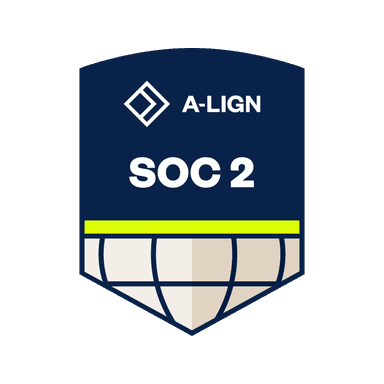Future-Ready Metrics for DMOs
Adapting to today’s technology will give DMOs a more holistic, comprehensive look at measuring destination success. Read on to dig in further.
Written By - Jackie McLafferty
February 2025
DMOs today have access to new and tech-savvy ways to track KPIs and report on the metrics that matter most to their stakeholders. And while we know that there’s comfort in the familiar of doing what we’ve always done, it’s important to remember that all major industries have gone through massive periods of transition as they adapted to the new technology that improved their industry. (Anyone remember when Netflix used to send DVDs in the mail?) Now it’s finally the tourism industry’s turn to adapt. Because the times are a’changing, and technology is changing with it.
Before we jump into where we’re going, let’s be clear where we’re coming from:
Old School Metrics: How did we measure our success before?
-
Social media followers: The more the merrier, right?
-
Website traffic and engagement: Time on site, clicks and pageviews were key.
-
Visitor guide orders or e-news sign ups: Tangible, in your hands.
-
Clicks, cost-per-click, or CTRs: Your everyday metrics.
-
Impressions and/or unique reach: How many eyeballs did the campaign hit?
These metrics are still around today, and remain helpful for DMOs looking to measure destination success. However, now they can be enhanced with new school, tech-heavy metrics to give a more holistic, comprehensive look at measurement:
And this takes us to today and where we should all be going, with the New School Thought of Metrics: How can we enhance what we’re already doing?
-
Quantify and track local sentiment: If you aren't already, it’s time to start looking at, and quantifying, the extent to which a community’s residents understand how tourism impacts and intersects with their quality of life. This means leveraging resident sentiment studies to identify and track specific metrics such as tourism’s perceived impact on the environment, or local opinion on the need to update the local convention center to remain competitive. Doing so will allow DMOs to develop necessary messaging, clear up misinformation, and create strategic communication outreach plans.
-
Contextualized Return on Marketing Influence: This is a fancy way of ways that DMOs should follow the path from the ad impressions being served, all the way through the visitor spending in-market. Successfully doing so requires monitoring and integrating KPIs like brand engagement, In Real Life (IRL) attribution, ROAS, visitor spending, incremental lift, and hotel ADR, occupancy and demand.
-
Financial segment performance analysis: Us again with the fancy-sounding phrases - but we’re just trying to say that DMOs can look at room tax revenue, ADR, occupancy, and demand and visitor spending to try to understand and report on the true economic impact of tourism to their local community.
-
Market- and/or Segment-specific visitor value: Now DMOs can use data and analytics to identify your highest-value visitors, and then very specifically target to bring more of them in-market. Doing so requires tracking KPIs like IRL attribution, destination management, and visitor spending.
We, for one, are excited to see that some within the industry are already adopting these metrics within their organizations. If you’re one of them, great – you’re ahead of the curve! If not, don’t worry - your DMO can be using these tools for clearer stakeholder communication, hyper-relevant strategy development, and showcasing your marketing successes in no time. Let’s get started!



